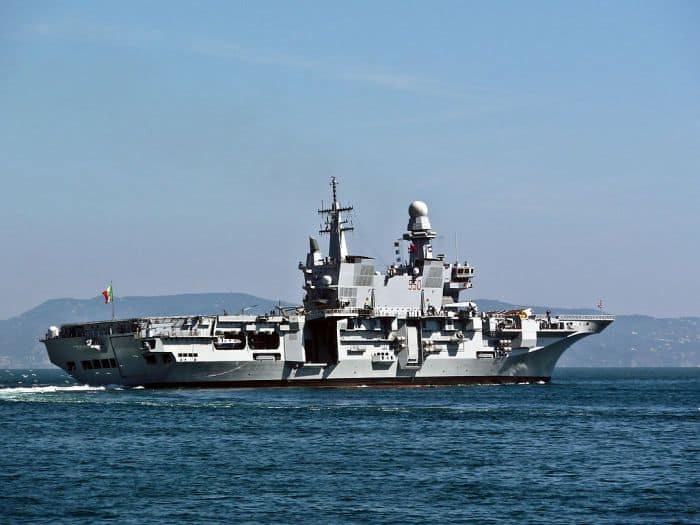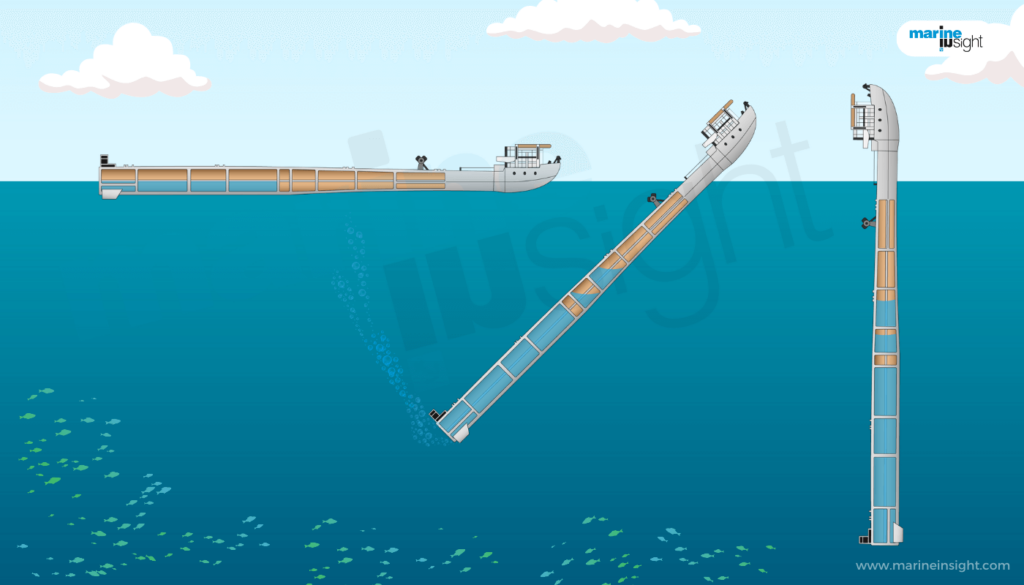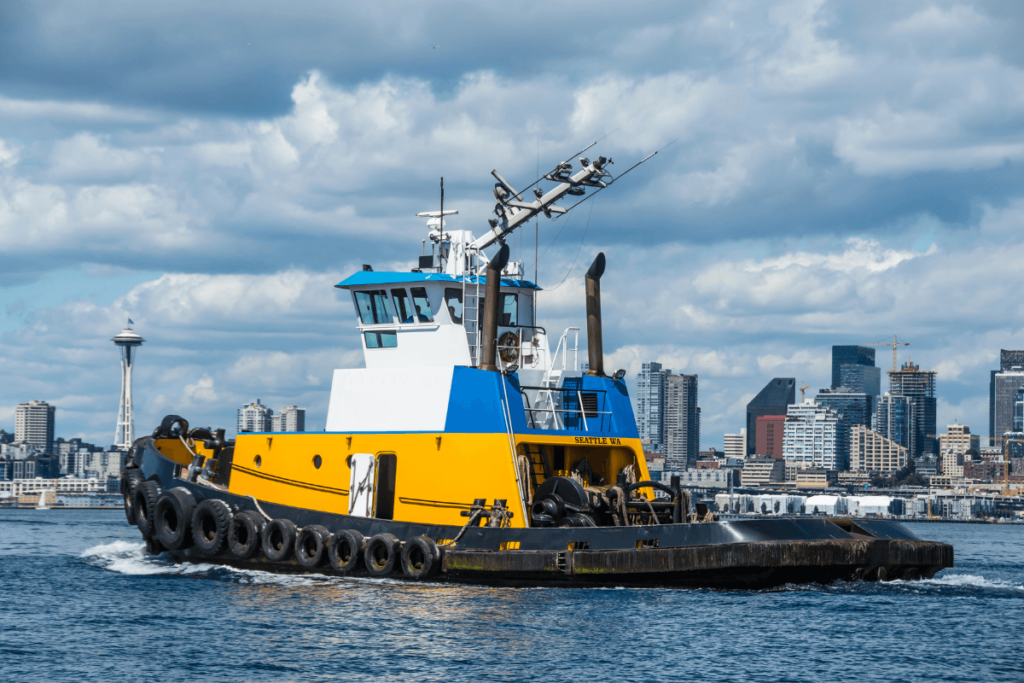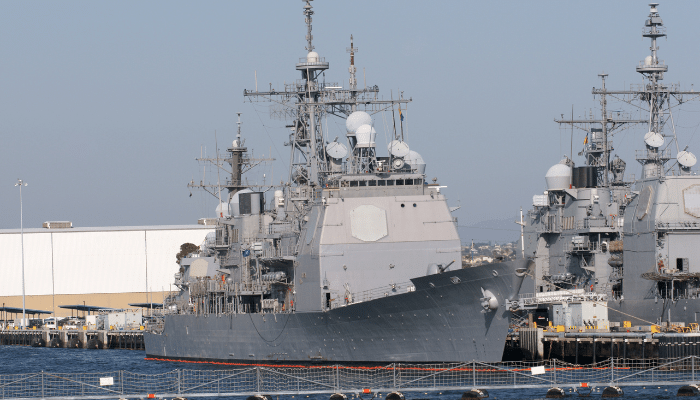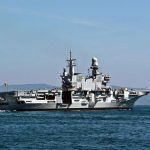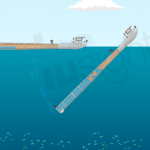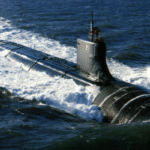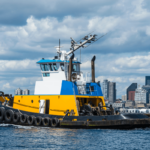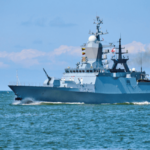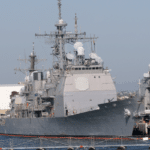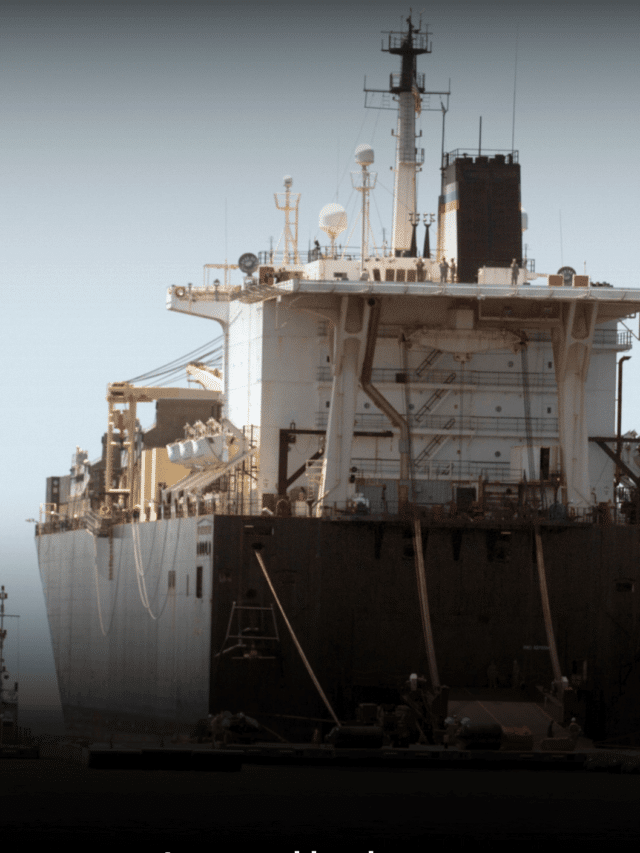Borealis: A Unique Heavy Lift Construction Vessel
Borealis is a heavy lift construction vessel (crane vessel), which was launched in March 2010 and is used since then for numerous construction activities at the high seas such as installation of platforms, moorings, decks, and removal of platforms.
The heavy lift ship is owned by the Norway based shipping corporation Nordic Heavy Lift (NHL). The crane vessel was built in the Singaporean Sembawang shipyard by an auxiliary company of the Acergy Group. The Sembawang Company further subleased the construction to the Nantong Yahua shipyard based in China where the ship’s keel was laid.
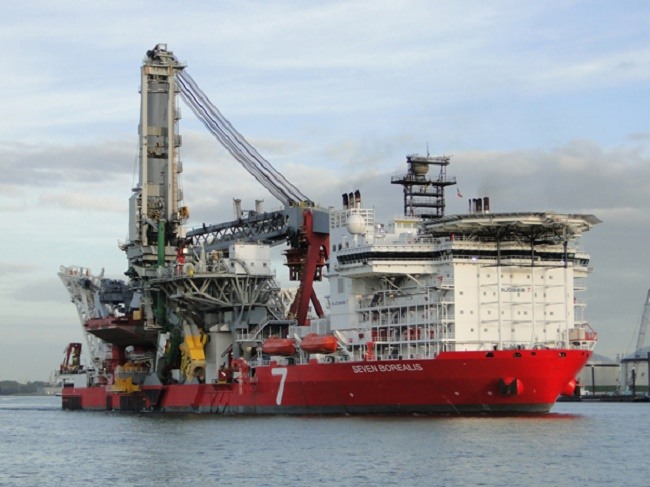
The construction of the Borealis follows the main vision and strategy of the company, to be the world’s leader in terms of crane ships of the single hull variety.
The features and the specifications of the HLCV Borealis can be enumerated as follows:
- The heavy lift vessel has a speed of 14 knots which is considerably higher than other vessels of the same type available in the market and which offer a speed of 7 knots to load the equipments and supplies
- The design of the ship is based on the crane vessel model – SOC 5000
- The total cost for building the crane ship was around US$ 460 million
- In terms of dimensions, the ship measures 181 metres lengthwise, 46.2 metres beam wise, 16 metres depth wise. The draft of the ship ranges between seven to 11 metres
- The deck area of the ship is 5,500 square metres while 350 tonnes per square metres is the optimum loading capacity. Such a huge loading capacity makes the usage of barges redundant when it comes to transporting offshore equipment over a large oceanic distance
- For the purpose of accommodation, the Borealis offers accommodation feasibility for 200- 400 people. The heavy lift vessel has 120 cabins and has a capacity to lodge a crew of around 50
The crane of the ship which forms its most essential equipment is a 5000 ton apparatus. The revolving, mono-sparred equipment, the crane can penetrate the depth of the oceans for up to 1,500 metres. The crane has been specially made by the Huisman Equipment, a leading figure in the world for such equipments and accessories.
The main purpose of HLCV is to enable smooth and effective construction operations in the high seas. The use of such cranes has been carried since the 14th century in Europe. Over the years, technology has enabled for better construction of the cranes themselves making their usage far more reliable and viable as compared to the earlier centuries.
Do you have info to share with us ? Suggest a correction
Latest Type Of Ships Articles You Would Like:
About Author
Marine Insight News Network is a premier source for up-to-date, comprehensive, and insightful coverage of the maritime industry. Dedicated to offering the latest news, trends, and analyses in shipping, marine technology, regulations, and global maritime affairs, Marine Insight News Network prides itself on delivering accurate, engaging, and relevant information.

About Author
Marine Insight News Network is a premier source for up-to-date, comprehensive, and insightful coverage of the maritime industry. Dedicated to offering the latest news, trends, and analyses in shipping, marine technology, regulations, and global maritime affairs, Marine Insight News Network prides itself on delivering accurate, engaging, and relevant information.
Subscribe To Our Newsletters
By subscribing, you agree to our Privacy Policy and may receive occasional deal communications; you can unsubscribe anytime.
Web Stories



